Python Setup.Py Bdist_Wheel Did Not Run Successfully.
Python’s setup.py script is a powerful tool that helps to build, package, and distribute Python projects. One of the commands commonly used with setup.py is bdist_wheel, which generates a Wheel distribution format package. However, there are instances where the python setup.py bdist_wheel command may not run successfully. In this article, we will explore some of the possible reasons behind this issue and provide solutions for each case.
1. Unresolved Dependencies:
One common reason why the python setup.py bdist_wheel command fails is due to unresolved dependencies. These dependencies are the external libraries or modules required by the project. If any of these dependencies are missing or not properly installed, the command will fail. To resolve this issue, make sure to install all the required dependencies using a package manager or by manually downloading and installing them.
2. Incorrect Setup.py Configuration:
Errors in the setup.py script can cause the bdist_wheel command to fail. Double-check the setup.py file for any syntax errors or incorrect configurations. Pay attention to the required metadata such as project name, author, version, and other necessary attributes. Correct any mistakes in the setup.py file to ensure a successful execution of the command.
3. Incompatible Python Versions:
Sometimes, the python setup.py bdist_wheel command may not work due to incompatible Python versions. Certain Python packages or modules are only compatible with specific Python versions. Ensure that you are using the right version of Python for your project. Check the documentation or package requirements to determine the compatible Python version and make the necessary adjustments.
4. Missing or Incorrectly Installed Build Tools:
The bdist_wheel command relies on various build tools such as compilers, linkers, and other development tools to build the package. If these tools are missing or not properly installed, the command will fail. To resolve this issue, make sure to install the required build tools according to your operating system and development environment.
5. Insufficient Disk Space:
The bdist_wheel command requires sufficient disk space to build and package the project. If your disk is running low on space, the command may fail. Free up some disk space by deleting unnecessary files or programs to ensure smooth execution of the command.
6. Conflicting File Paths or Permissions:
Conflicting file paths or permissions can prevent the bdist_wheel command from running successfully. Make sure that the project directory and all its subdirectories have the necessary read and write permissions. Also, check for any conflicting file names or file paths that could cause issues. Resolve any conflicts and set the appropriate permissions to ensure a successful execution.
7. Error in File or Directory Naming:
Errors in file or directory naming can also lead to a failed bdist_wheel command. Ensure that all file and directory names conform to the required naming conventions. Avoid using special characters or spaces in file or directory names as they can cause compatibility issues.
8. Corruption or Incomplete Download:
In some cases, the failure of the bdist_wheel command could be due to a corrupted or incomplete download of the package. Make sure to download the package from a reliable source and verify its integrity. If you suspect a corrupted download, try downloading the package again and retry the command.
FAQs:
Q: What does the error message “Python setup.py egg_info did not run successfully” mean?
A: This error message indicates that the egg_info command, which is used to gather information about the project’s metadata, did not run successfully. Make sure that the project’s setup.py file is correct and all dependencies are properly installed.
Q: I encountered the error “Running setup.py install for dlib did not run successfully.” What should I do?
A: This error suggests that the installation of the ‘dlib’ library failed. Ensure that you have all the necessary dependencies installed and the correct version of Python. Refer to the ‘dlib’ documentation for any specific instructions or troubleshooting steps.
Q: Why do I see the error message “error: invalid command ‘bdist_wheel'”?
A: This error indicates that the ‘bdist_wheel’ command is not recognized or supported by your current environment or version of Python. Make sure you have the correct version of setuptools installed and try running the command again.
Q: How can I resolve the error “Running setup.py install for netifaces did not run successfully”?
A: This error suggests that the installation of the ‘netifaces’ library failed. Ensure that you have the required dependencies installed and check for any specific instructions or troubleshooting steps mentioned in the library’s documentation.
Q: I encountered the error “Preparing metadata (setup.py error): subprocess-exited-with-error”. How can I fix it?
A: This error indicates that there was an error while preparing the metadata for the package. Check the setup.py file for any errors or syntax issues. Also, ensure that all the required dependencies are installed correctly.
Q: I am facing the error “Pip subprocess to install build dependencies did not run successfully”. What should I do?
A: This error suggests that there was an issue while running the pip subprocess to install the build dependencies. Check your network connection and make sure the necessary repositories are accessible. Retry the command after ensuring a stable network connection.
Q: How can I resolve the error “Running setup.py install for mysql-python error: python setup.py bdist_wheel did not run successfully”?
A: This error suggests that the installation of the ‘mysql-python’ library failed, and the bdist_wheel command did not run successfully. Ensure that you have the required dependencies, such as the MySQL client library, installed correctly. Check the library’s documentation for any specific instructions or troubleshooting steps.
In conclusion, the python setup.py bdist_wheel command may fail due to various reasons such as unresolved dependencies, incorrect configurations, incompatible Python versions, missing build tools, insufficient disk space, file or permission conflicts, corruption or incomplete downloads. By carefully troubleshooting and addressing each potential issue, you can successfully run the bdist_wheel command and package your Python projects.
Installing Python Modules Using Pip, Wheel, Github, Setup.Py | Essentials | Universal Programmer
Keywords searched by users: python setup.py bdist_wheel did not run successfully. Python setup py egg_info did not run successfully, Getting requirements to build wheel did not run successfully, Running setup py install for dlib did not run successfully, error: invalid command ‘bdist_wheel’, Running setup py install for netifaces did not run successfully, Preparing metadata setup py error error: subprocess-exited-with-error, Pip subprocess to install build dependencies did not run successfully, Running setup py install for mysql-python error
Categories: Top 88 Python Setup.Py Bdist_Wheel Did Not Run Successfully.
See more here: nhanvietluanvan.com
Python Setup Py Egg_Info Did Not Run Successfully
# Understanding the Problem
When running the command “python setup.py egg_info,” the egg_info command of the setuptools package is executed. This command is responsible for collecting metadata about the package and generating a .egg-info directory that contains information about the package.
When this command fails to run successfully, it indicates that there is an issue with the package’s setup script or its dependencies.
# Common Causes and Solutions
## 1. Missing or Incorrect setup.py File
One possible cause of the problem is a missing or incorrect setup.py file. The setup.py file is the entry point for the setuptools package and contains instructions on how to build, install, and distribute the package.
To resolve this issue, ensure that the setup.py file is located in the correct directory and that it is not missing or corrupted. If necessary, obtain the correct version of the setup.py file from a reliable source or recreate it manually.
## 2. Missing Dependencies
If the package being installed has dependencies, it is essential to ensure that they are installed correctly. If the required dependencies are missing or incompatible, the egg_info command may fail.
To resolve this issue, check the package’s documentation or README file for a list of required dependencies. Make sure these dependencies are installed using a package manager like pip or conda. Ensure that the installed versions are compatible with the package’s requirements.
## 3. Incorrect or Missing Package Metadata
The egg_info command collects metadata about the package, such as its name, version, and author. If the metadata defined in the setup.py file is incorrect or missing, the egg_info command may fail.
To resolve this issue, review the setup.py file and ensure that all the required metadata fields are correctly defined. Pay special attention to fields such as name, version, author, and description. Correct any errors or omissions in these fields, and then rerun the “python setup.py egg_info” command.
## 4. Incompatible Setuptools Version
In some cases, the issue may be caused by an incompatible version of the setuptools package. Make sure you have the latest version of setuptools installed by running the command “pip install –upgrade setuptools.” If you are working in a virtual environment, activate it before running this command.
## 5. Permission Issues
Permission issues can also prevent the successful execution of the egg_info command. Ensure that you have the necessary permissions to access and modify the files and directories within the project.
If you encounter permission errors, try running the command as an administrator or use the appropriate user permissions to modify the necessary files and directories.
# Frequently Asked Questions (FAQs)
## Q1: Can I run “python setup.py egg_info” on its own, without any additional arguments?
A1: Yes, you can run the command without any additional arguments. This will execute the egg_info command and generate the package metadata. However, if your setup.py file expects additional arguments for customizations, it is recommended to provide them for accurate results.
## Q2: Can I skip the egg_info step and proceed with package installation?
A2: It is not recommended to skip the egg_info step as it provides essential metadata about the package. Without this information, your package may not be successfully installed, and other tools that depend on package metadata may not work as intended.
## Q3: How can I debug issues with the egg_info command?
A3: If you are experiencing issues with the egg_info command, a helpful approach is to enable verbose output. You can do this by running the command “python setup.py egg_info –verbose”. The verbose mode will provide more detailed information about the error, helping you identify and resolve the issue.
## Q4: I’m using a different package manager like poetry or pipenv. Can I still encounter this issue?
A4: The egg_info command is primarily associated with the setuptools package and its setup.py file. If you are using alternative package managers, they might have their own processes for gathering package metadata. However, similar issues related to missing or incorrect metadata or dependencies can occur. Review the documentation for your specific package manager to find the appropriate steps for resolving such problems.
In conclusion, the “python setup.py egg_info” command is crucial for gathering metadata about a Python package. When encountering issues with this command, it is essential to check for missing or incorrect setup.py files, dependencies, metadata, or incompatible setuptools versions. By following the solutions provided in this article, it is expected that users will be able to resolve the “Python setup.py egg_info did not run successfully” issue efficiently.
Getting Requirements To Build Wheel Did Not Run Successfully
Introduction:
Building a successful wheel requires precise planning, meticulous execution, and a comprehensive understanding of the requirements. However, there are instances when the process does not run smoothly, leading to unsatisfactory results. In this article, we will explore the reasons why getting requirements to build a wheel may fail and discuss potential solutions to ensure a successful outcome.
Understanding the Challenges:
1. Inadequate Communication:
One common reason for the failure to obtain accurate requirements is poor communication between stakeholders, designers, and engineers. Misunderstood expectations, vague instructions, or incomplete specifications can result in a lack of clarity and confusion during the construction process. Ensure that all parties involved are on the same page and encourage open and effective communication channels.
2. Unclear project objectives:
Without a clear understanding of the project goals, requirements may be misinterpreted or overlooked. It is crucial to define the purpose, functionality, and specific parameters of the wheel early on. This will help avoid any ambiguity and align the expectations of all stakeholders throughout the process.
3. Insufficient Research:
Inadequate research can hinder the identification of crucial technical requirements needed for a successful wheel. Factors such as load capacity, material durability, surface adaptability, and environmental considerations should be thoroughly evaluated. Conducting thorough research helps uncover potential issues and allows for adjustments to be made before production begins.
4. Ignoring User Feedback:
Failing to incorporate user feedback during the development cycle significantly increases the likelihood of unsatisfactory results. Gathering insights and experiences from the end-users can provide valuable information that shapes the design and functionality of the wheel. Ensuring a user-centric approach can greatly enhance the chances of success.
5. Lack of Testing and Evaluation:
The absence of sufficient testing and evaluation processes during the development phase can lead to unforeseen shortcomings or compatibility issues. Prototyping, quality assurance, and rigorous testing are essential to validate the performance, durability, and safety of the wheel. Conducting comprehensive tests will enable timely identification of any flaws before the product reaches the market.
Finding Solutions:
1. Improved Communication Channels:
Establishing clear lines of communication between all project stakeholders is vital for obtaining accurate requirements. Regular meetings, progress updates, and documentation of discussions minimize misinterpretations and facilitate better understanding among team members.
2. Comprehensive Requirement Gathering:
A thorough requirement gathering process should be followed to clearly define the wheel’s purpose, functionality, and performance expectations. Engaging all relevant parties and conducting in-depth discussions can ensure that crucial aspects are not overlooked or misunderstood.
3. Robust Research and Analysis:
Dedicate sufficient time to research and analyze various aspects of the wheel’s potential challenges and requirements. Leveraging existing literature, industry best practices, and market trends will provide valuable insights for informed decision-making throughout the entire design and development process.
4. Incorporate User Feedback:
User feedback is a valuable asset in improving the design and usability of the wheel. Conduct user surveys, prototype testing, and usability studies to gather insights and incorporate necessary modifications. This approach ensures that the final product meets the expectations and requirements of the end-users, resulting in a better overall wheel design.
5. Rigorous Testing and Evaluation:
Integrating a well-defined prototyping and testing phase helps identify weaknesses before they become critical issues. Utilize simulation software, physical prototyping, and thorough testing to evaluate the wheel’s performance, stress resistance, and durability. This cycle of testing and evaluation will ensure that the final product complies with industry standards and user expectations.
FAQs:
Q1. How can I effectively communicate with different stakeholders involved in the wheel-building process?
A: Establish regular communication channels, hold frequent meetings, document discussions, and ensure that everyone involved has a clear understanding of the project objectives.
Q2. What are the key parameters to consider while conducting research?
A: Important factors include load capacity, material durability, surface adaptability, environmental considerations, and the expected usage conditions for the wheel.
Q3. How can I incorporate user feedback effectively?
A: Conduct user surveys, prototype evaluation sessions, and usability studies to gather insights. Use these user perspectives to refine the design and enhance the wheel’s functionality.
Q4. Is prototyping an essential step in the wheel-building process?
A: Yes, prototyping is crucial to identify and correct any flaws in the design. It also helps evaluate the wheel’s suitability for its intended purpose and address compatibility issues.
Q5. What are the key benefits of rigorous testing and evaluation?
A: Rigorous testing ensures that the final product meets quality standards, performs optimally, and provides the desired level of safety, durability, and functionality.
Conclusion:
Obtaining accurate requirements for building a wheel is paramount to achieving successful results. By addressing challenges such as communication gaps, unclear objectives, lack of research, ignoring user feedback, and insufficient testing, developers can increase the likelihood of creating a wheel that meets the end-users’ expectations. Employing effective strategies throughout the development cycle will result in a more refined and efficient wheel design, consistently meeting quality standards, and achieving customer satisfaction.
Running Setup Py Install For Dlib Did Not Run Successfully
One of the primary reasons for encountering this error is a missing or misconfigured dependency. Dlib relies on several external libraries, including Boost and CMake, to compile and install successfully. Therefore, it is crucial to ensure that these dependencies are properly installed on your system before attempting to install dlib. To resolve this issue, you can use package managers like `apt` on Ubuntu or `brew` on macOS to install the required dependencies.
Another common cause is an outdated or incompatible version of Python. Dlib is compatible with Python versions 2.7 and 3.4 or higher. If you are using an older version of Python, it is recommended to upgrade to a compatible version. Additionally, ensure that your Python installation is correctly configured and accessible from the command line. You can verify this by typing `python` in your terminal and ensuring it launches the Python interpreter without any errors.
Furthermore, it is essential to check if your system has the appropriate C++ compiler installed. Since dlib heavily relies on C++, installing a C++ compiler is necessary for successful installation. On Linux systems, you may need to install the GCC compiler using relevant package managers like `apt` or `yum`. On macOS, you can install Xcode Command Line Tools, which include the necessary compiler. Windows users can use MinGW or Microsoft Visual C++ Build Tools to obtain a compatible C++ compiler.
In some cases, the error could arise due to insufficient permissions while attempting to install dlib. If you encounter permission-related errors, consider running the installation command with administrative privileges. On Linux or macOS, you can use `sudo` before the installation command to elevate permissions. On Windows, launch your command prompt or PowerShell as an administrator and then execute the installation command.
If all the aforementioned steps have been completed correctly and you still encounter the installation error, it is possible that the issue lies within the dlib source code itself or conflicts with other installed libraries. In these situations, it may be worthwhile to explore alternative installation methods or seek assistance from the dlib community. The dlib GitHub repository and its dedicated forums often present solutions to common installation issues, and the community is active in resolving user queries.
In conclusion, encountering the “Running setup.py install for dlib did not run successfully” error can be frustrating, but it is usually solvable with a few troubleshooting steps. Ensure that all necessary dependencies are installed correctly, including Boost and CMake. Verify that your Python version is compatible and configured properly, and make sure you have a compatible C++ compiler installed. If permission-related issues persist, elevate your privileges while executing the installation command. Lastly, if all else fails, consider seeking assistance from the dlib community to tackle any potential conflicts or issues within the library itself.
FAQs:
Q: Can I use pip to install dlib instead of running setup.py?
A: Yes, you can install dlib via pip. Simply run the command `pip install dlib` in your terminal or command prompt. Pip will handle the installation process, including any necessary dependencies.
Q: I’ve tried all the solutions mentioned, but I still can’t install dlib. What should I do?
A: If you have exhausted all troubleshooting steps, it is advisable to seek assistance from the dlib community. Visit the dlib GitHub repository or forum and explain your issue in detail. The community developers and users will likely provide assistance or guidance to help resolve the problem.
Q: Is dlib compatible with Windows operating systems?
A: Yes, dlib is compatible with Windows, Linux, and macOS operating systems. However, Windows users may encounter additional challenges due to certain C++ dependencies. Following the steps mentioned above, such as installing a C++ compiler and other necessary dependencies, should help overcome these issues on Windows as well.
Images related to the topic python setup.py bdist_wheel did not run successfully.

Found 42 images related to python setup.py bdist_wheel did not run successfully. theme
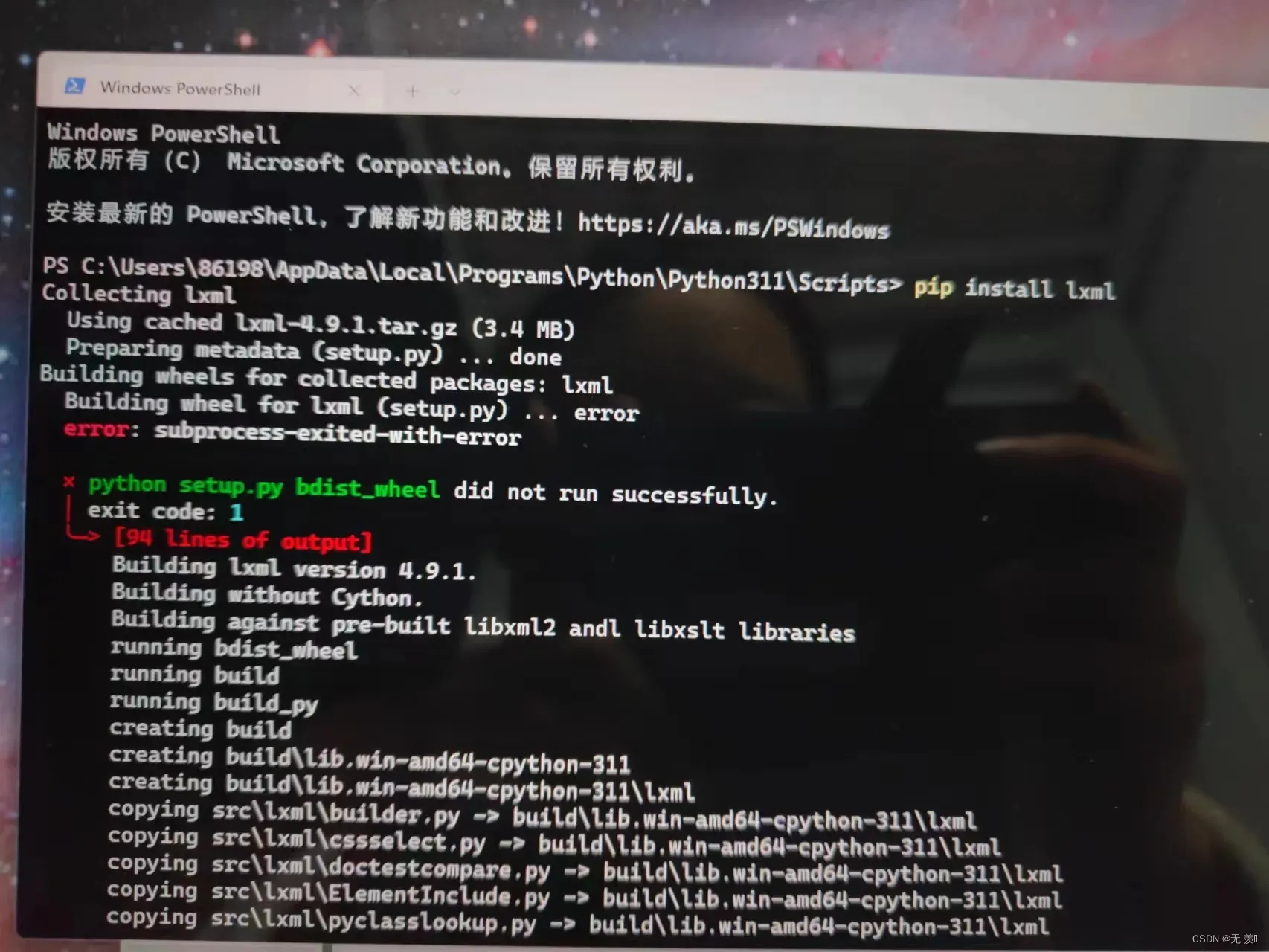
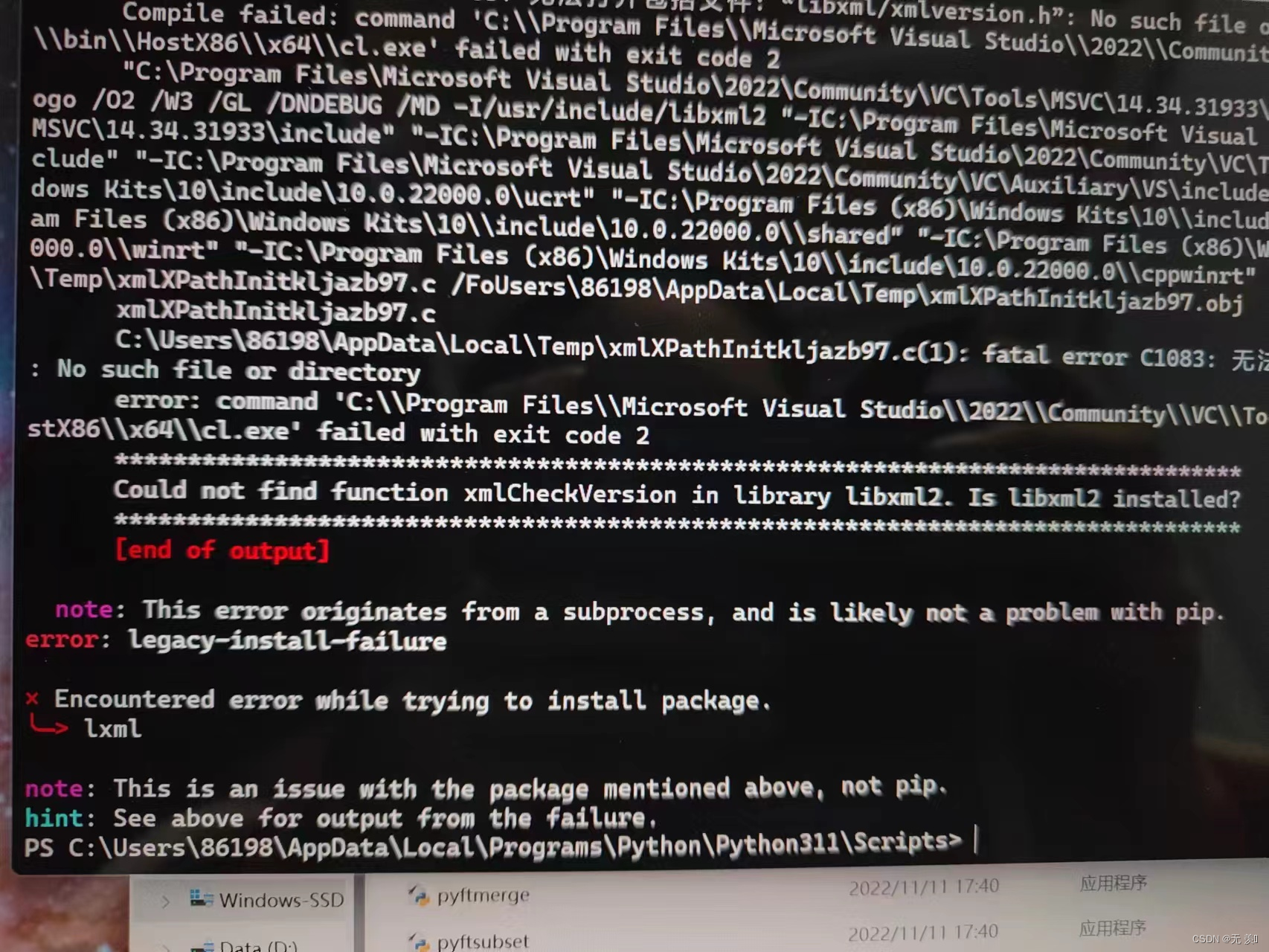


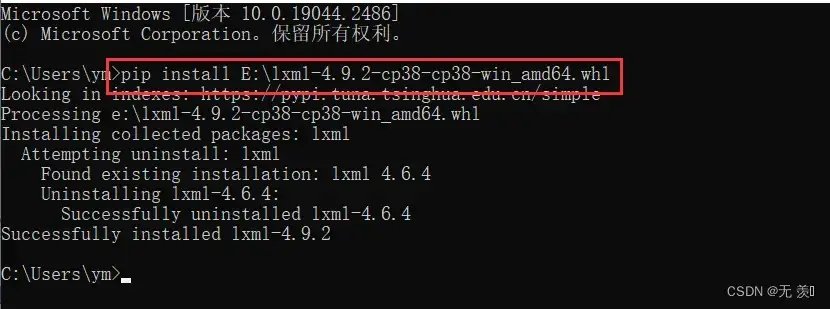


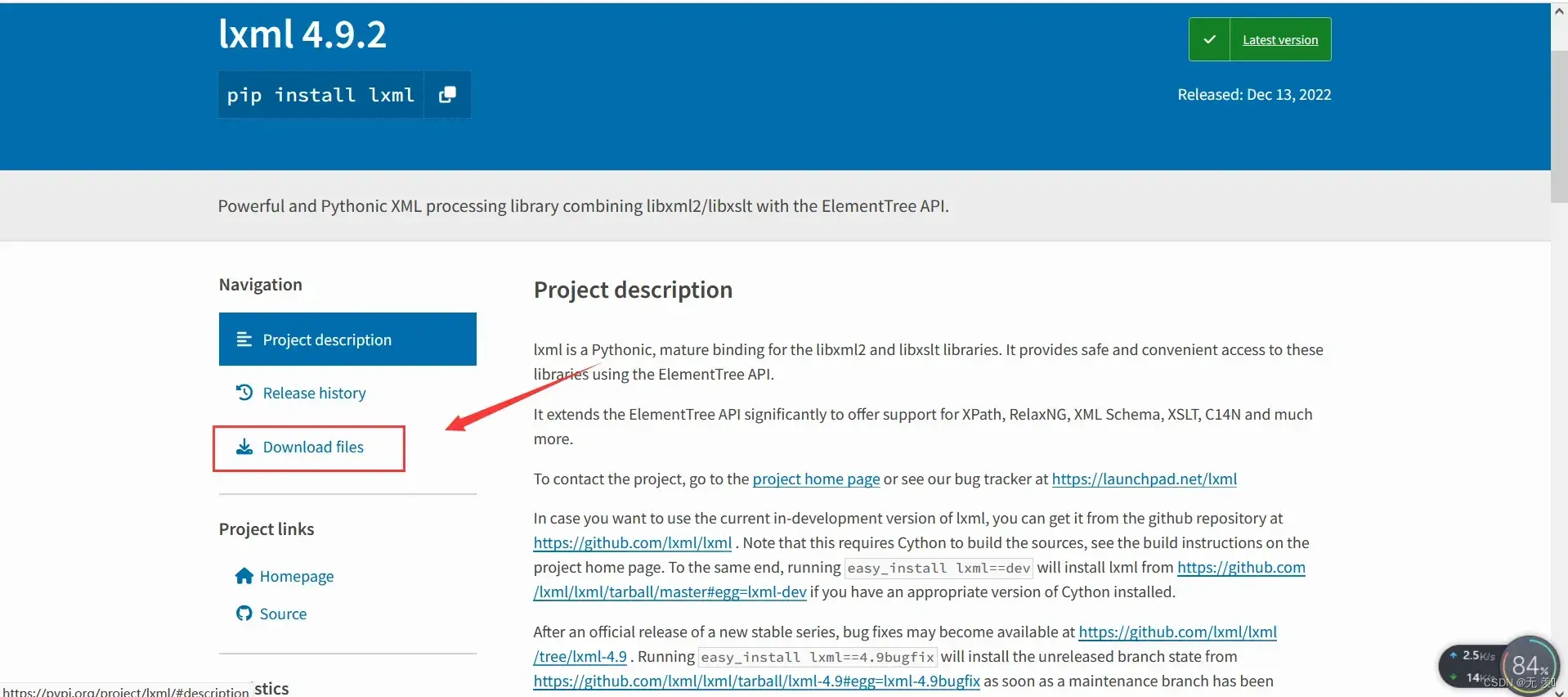


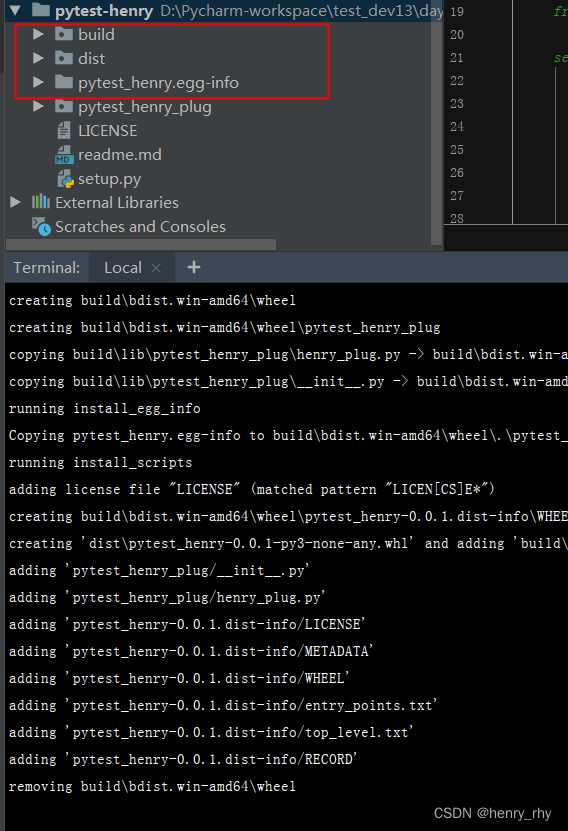












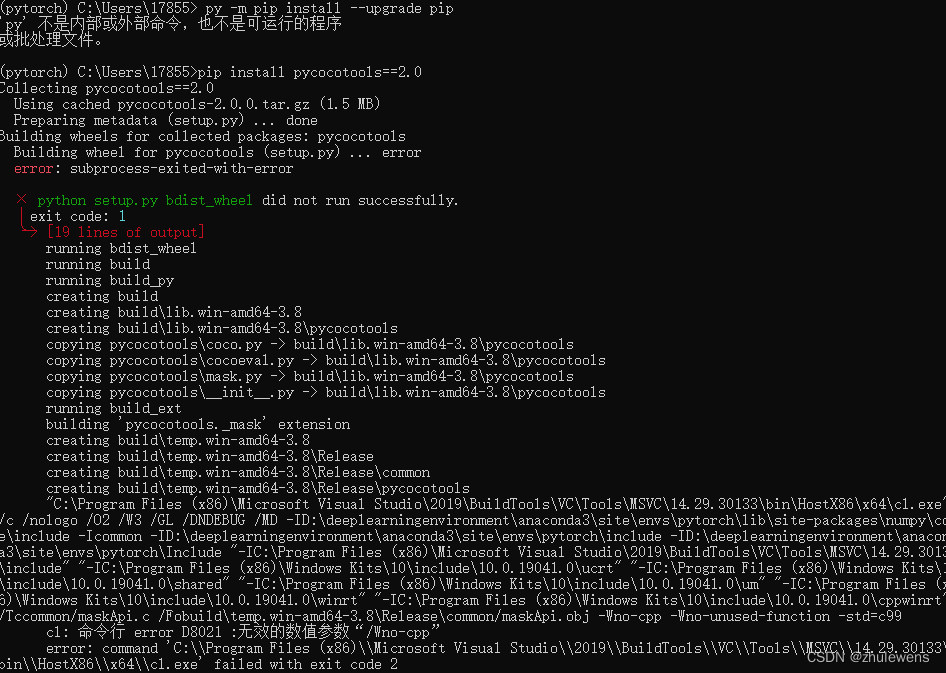












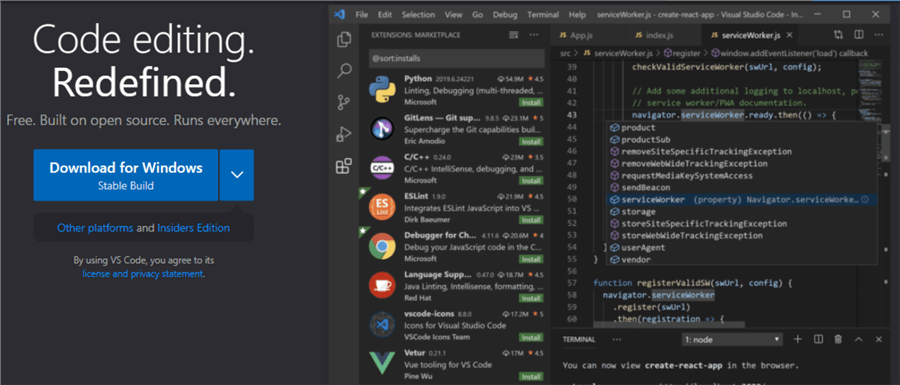
Article link: python setup.py bdist_wheel did not run successfully..
Learn more about the topic python setup.py bdist_wheel did not run successfully..
- Python setup.py bdist_wheel did not run successfully [Fixed]
- python setup.py bdist_wheel did not run successfully
- python setup.py bdist_wheel did not run successfully. #305
- python setup.py bdist_wheel did not run successfully
- python setup.py bdist_wheel did not run successfully. – Reddit
- How do I solve the following error? – CodeProject
- python setup.py bdist_wheel did not run successfully
- Errors when using the Developers Install – PsychoPy Discourse
See more: nhanvietluanvan.com/luat-hoc